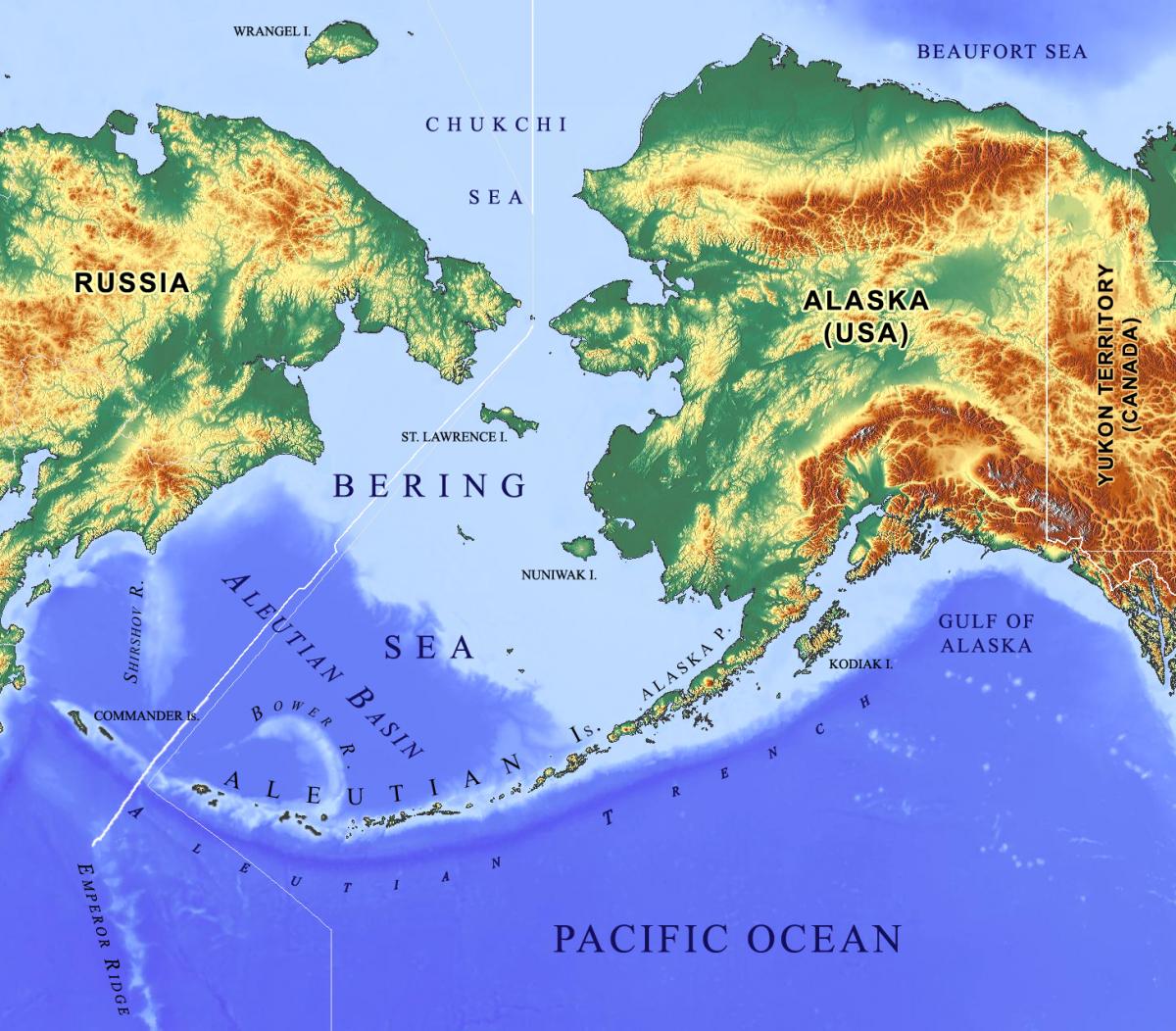Tick Tock: Calibrating the “Molecular Clock” to Date a Species’ Evolutionary History
By Andrea Brumwell
July 11, 2018

Dating the evolutionary history of species has always been difficult, but researchers in the Department of Integrative Biology have devised a new and more accurate way to estimate when a common ancestor split into two descendent lineages.
Graduate student Tzitziki Loeza-Quintana and Prof. Sarah Adamowicz developed a robust method of calibrating the “molecular clock” in Arctic marine species. The molecular clock is a measurement tool based on typical rates of change in DNA that allows biologists to infer the relative length of time since species diverged from one another. However, without some way to “calibrate” or date the pace of this molecular clock, they cannot determine absolute time scales or specific evolutionary dates.
“The purpose of the molecular clock is to help put a timescale on life,” says Adamowicz. “Despite many developments in the fields of molecular phylogenetics and evolution, calibrating the molecular clock has been an area in need of attention.”
When organisms of the same species are physically separated by geological events such as the formation of a volcanic island or the closure of a strait connecting two oceans, the species can diverge into two or more new “sister species”. Fossil records are usually the best way to determine when a divergence event began, but when no fossils are available, geological events can instead be used to calibrate the molecular clock and date evolutionary events. Until now, calibrations using geological events have been very simplistic, assuming that the event and resulting species separation occurs only at one specific time point. But many geological events are actually cyclic or gradual, such as the opening of the Bering Strait or the formation of the Isthmus of Panama, creating multiple opportunities for species migration and divergence.
Loeza-Quintana and Adamowicz believed that the Bering Strait would make an ideal model for calibrating the molecular clock following a complex geological event. The Bering Strait, which separates modern-day Russia and Alaska, first opened 5.4 to 5.5 million years ago, allowing marine organisms to migrate between Pacific and Arctic-Atlantic Oceans. Since then, glacial and interglacial periods have led to a cyclic opening and closing of the strait, with the most recent opening occurring 15,000 years ago.
To test their new approach the team first consulted the Barcode of Life Data System (BOLD), a massive repository of DNA barcodes (genetic markers) used to identify specimens to species, and measured the divergence of 16 Northern sea star sister species pairs based on the amount of DNA differences in the barcode region.
Next, they assigned the most divergent species to one of the oldest possible time points for migration across the strait and set the ages of the remaining species pairs relative to this reference point. They then compared the divergence times with the geological time scale. If species diverged when the strait was closed, then the calibration had failed, and they repeated the process by choosing a different reference point, until the species’ divergence ages agreed with all available evidence and the geological timescale. The new method provides a more complete consideration of the complex geological history during clock calibration.
Using their newly refined calibration method, Loeza-Quintana and Adamowicz found that the majority of sea stars diverged 0.2 to 5 million years ago. The most divergent species pair was placed at 5 to 4.7 million years ago, as divergence was initiated only after dispersal across an open Bering Strait.
This novel approach can also be applied to dating the migration of other Northern marine organisms, such as molluscs, crustaceans, and polychaetes/sea worms, and will shed valuable light onto the driving force behind species divergence during climatic change events.
“Knowing when an evolutionary event happens is an important component of knowing why it happens and the circumstances of evolution,” says Adamowicz.
Funding was provided by the Consejo Nacional de Ciencia Tecnologia of Mexico and the Natural Sciences and Engineering Research Council of Canada. The Ontario Ministry of Research, Innovation and Science provided funding to Paul Hebert for the development of BOLD. The authors also acknowledge insightful discussions with collaborators Christina Carr and Paul Hebert.
Read the full article in the Journal of Molecular Evolution.
Read about other CBS Research Highlights.